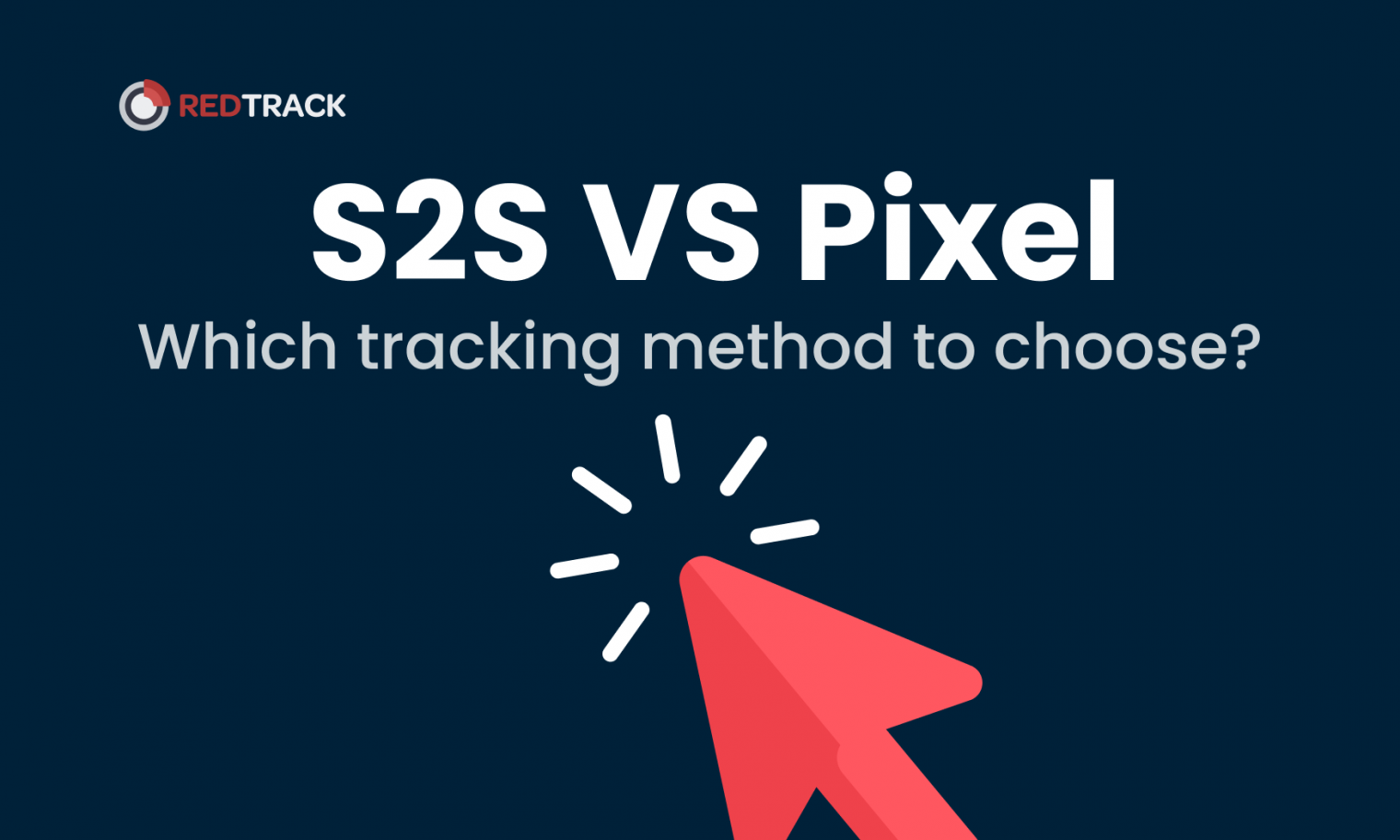
Check our 2-minute video to explore 5 reasons users choose RedTrack as their ad tracking & attribution partner.
Conversion rate stands out as a critical indicator of performance, especially in the affiliate industry. This glossary definition unpacks the concept of conversion rate in a narrative style tailored for marketers, focusing on its significance, calculation, and strategies for optimization.
At its core, the conversion rate in the affiliate industry represents the percentage of users who take a desired action out of the total number of visitors, facilitated by an affiliate's marketing efforts. This action can range from making a purchase to signing up for a newsletter. It's a direct measure of the effectiveness of an affiliate's ability to persuade their audience to move from interest to action.
For media buyers and affiliate marketers, the conversion rate isn't just a number; it's a reflection of how well their strategies resonate with their target audience. It encapsulates the journey from click to customer, providing a snapshot of campaign performance and user behavior.
The formula for calculating the conversion rate is straightforward but powerful:
Conversion Rate (%) = ( ) x 100
In practice, if an affiliate link receives 1,000 clicks and 50 of those clicks result in a purchase, the conversion rate would be 5%. This simple calculation reveals the efficiency of the affiliate's promotional methods and the quality of traffic being directed to the offer.
Conversion rate is more than a metric; it's a beacon guiding the affiliate towards effective strategies and away from less productive efforts. It helps in:
Performance Analysis: By tracking conversion rates, affiliates can identify which products or services resonate with their audience and which marketing channels are most effective.
Budget Allocation: Understanding conversion rates aids in allocating budgets more effectively, focusing resources on high-performing channels and campaigns.
Optimization: Continuous monitoring allows for the tweaking of campaigns, landing pages, and affiliate strategies to improve conversion rates over time.
Several factors can affect conversion rates in the affiliate industry. These include:
Quality of Traffic: The relevance and intent of the audience being directed to an offer are crucial. Targeted traffic is more likely to convert than generic visitors.
Landing Page Design: The effectiveness of landing pages in conveying the value proposition and encouraging action plays a significant role.
Offer Relevance: The alignment between the offer and the audience's needs and interests is key to driving conversions.
Trust and Credibility: Affiliates who establish trust and credibility with their audience tend to have higher conversion rates.
To enhance conversion rates, affiliates must adopt a multifaceted approach:
A/B Testing: Experiment with different elements of your campaigns, from ad copy to landing pages, to identify what works best.
Audience Segmentation: Tailor your marketing efforts to specific segments of your audience to increase relevance and conversion potential.
User Experience Improvement: Ensure that the journey from ad click to conversion is as seamless as possible, minimizing friction points.
Compelling Call-to-Action (CTA): A clear, compelling CTA can significantly increase the likelihood of conversion by guiding users on what to do next.
Effective tracking and measurement are foundational to managing conversion rates. Utilizing affiliate tracking software and analytics tools can provide deep insights into conversion patterns, source attribution, and user behavior. This data allows for informed decision-making and strategic adjustments to optimize conversion rates continually.
In the affiliate industry, the conversion rate is a pivotal metric that mirrors the effectiveness of marketing strategies and audience engagement. Understanding its nuances, influences, and optimization tactics is essential for affiliates aiming to maximize their impact and profitability. By focusing on targeted traffic, compelling offers, and a seamless user experience, affiliates can improve their conversion rates, driving success in their marketing endeavors.
In essence, the journey to enhancing conversion rates in affiliate marketing is ongoing, requiring continuous learning, testing, and adaptation. By staying informed and agile, marketers can navigate the complexities of the digital landscape, turning clicks into customers with ever-increasing efficiency.

Check our 2-minute video to explore 5 reasons users choose RedTrack as their ad tracking & attribution partner.

Join our Facebook group to participate in the discussions, share your insights with like-minded people, and ask for support if needed.

Find out how Financer.com optimized the conversion rates of both organic and paid traffic by 60% with RedTrack.